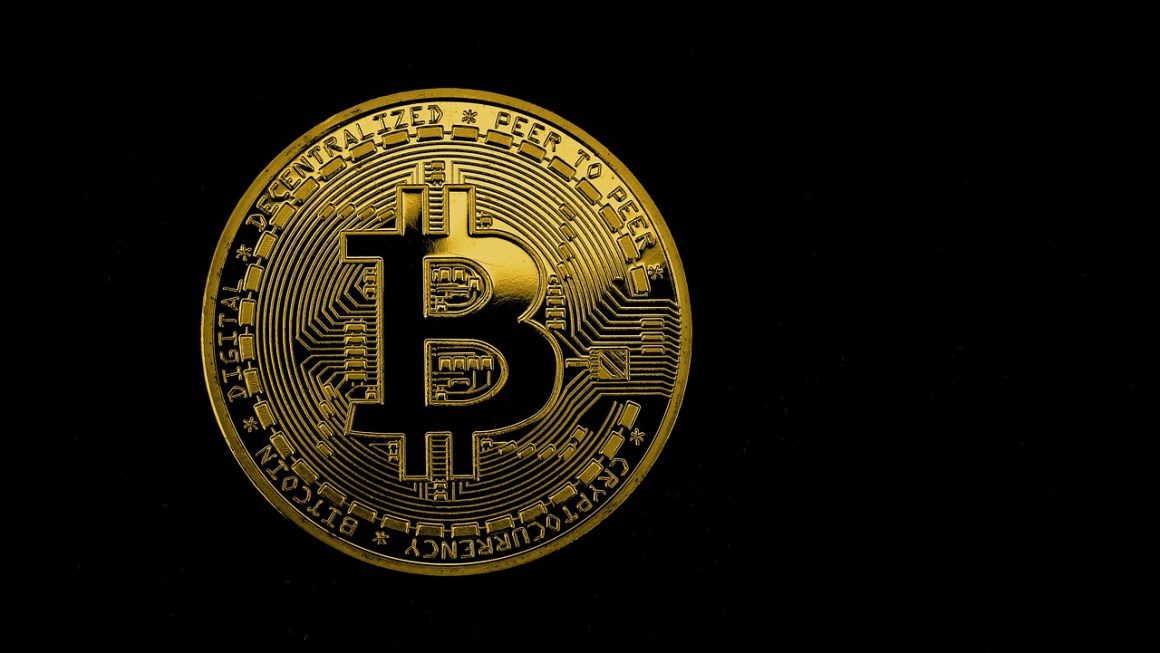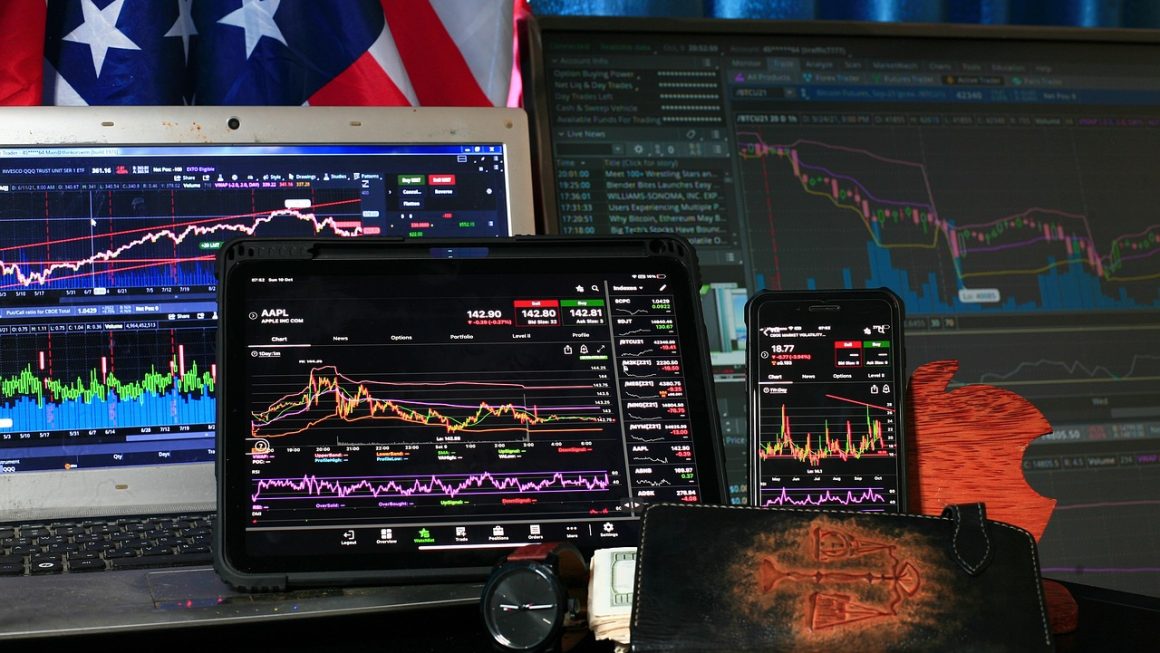Non-Fungible Tokens (NFTs): A Comprehensive Overview
In the ever-evolving landscape of digital art and collectibles, NFTs (Non-Fungible Tokens) have emerged as a revolutionary concept. They represent a unique and verifiable way to own and trade digital assets, opening up a world of possibilities for creators and collectors alike.
## Understanding NFTs
An NFT is a unique digital identifier that is stored on a blockchain, a secure and transparent distributed ledger. It represents the ownership of a specific digital asset, such as an image, video, music file, or even a tweet. Unlike fungible cryptocurrencies like Bitcoin, each NFT is non-interchangeable and has its own unique value.
## Key Features of NFTs
- Unique and Verifiable: NFTs are cryptographically secured by a blockchain, ensuring that each token represents a genuine and distinctive digital asset.
- Immutable: Once an NFT is created, its ownership and history are permanently recorded on the blockchain, providing a tamper-proof record of ownership.
- Tradable: NFTs can be traded on dedicated marketplaces, allowing buyers and sellers to exchange digital assets securely.
- Royalty Payments: NFTs often include built-in mechanisms that enable creators to receive royalties on future sales of their work.
## Benefits of NFTs
- Protection for Digital Artists: NFTs provide a way for digital artists to monetize their work and protect their intellectual property.
- Increased Liquidity for Digital Assets: NFTs create a liquid market for digital assets, enabling collectors to easily buy, sell, and trade them.
- New Revenue Streams: NFTs allow creators to explore alternative sources of income through the sale and licensing of their digital creations.
- Community Building: NFTs can foster a sense of community among collectors and creators who share a passion for specific digital art styles or themes.
## Practical Applications of NFTs
- Digital Art and Collectibles: NFTs have become particularly popular in the world of digital art, with artists selling their works as unique and collectible items.
- Virtual Worlds and Gaming: NFTs are being used to create unique in-game items, land, and avatars in virtual worlds and online games.
- Music and Entertainment: NFTs have found a niche in the music and entertainment industry, with artists releasing exclusive tracks, albums, and concert experiences as NFTs.
- Physical-Digital Combinations: Some NFTs are linked to physical assets, such as limited edition prints or merchandise, creating a bridge between the digital and physical worlds.
## Ethical Considerations
While NFTs offer exciting possibilities, there are also ethical considerations to keep in mind:
- Environmental Concerns: The energy consumption associated with blockchain transactions has raised concerns about the environmental impact of NFTs.
- Art Theft and Fraud: NFTs have been used in cases of art theft and fraud, with scammers using stolen or forged digital assets.
- Speculation and Market Manipulation: The NFT market has experienced volatility and speculation, which can lead to potential risks for investors.
## Conclusion
NFTs represent a transformative innovation in the digital realm, creating new opportunities for artists, collectors, and investors. By providing secure and verifiable ownership of unique digital assets, NFTs have the potential to revolutionize industries and shape the future of digital art and collectibles. However, it is important to approach NFTs with an understanding of their ethical implications and to exercise caution in the rapidly evolving market.




